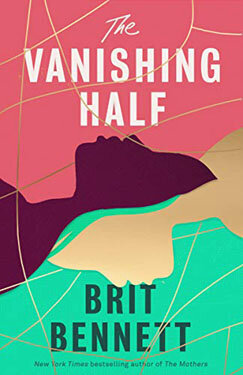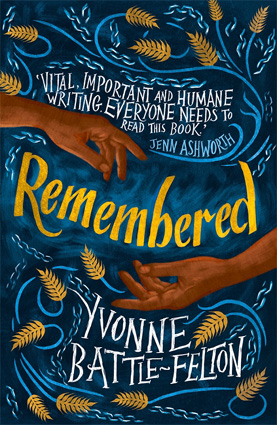Of the many coming-of-age novels I've read about individuals who grow up feeling intensely alienated and different from those around them, I've never encountered a story like “An Ordinary Wonder”. It follows Oto who is raised within a relatively-privileged family in Nigeria in the 1980s and 90s. Oto has a twin sister Wura who is considered “normal” but Oto is made to feel like a “monster” because although Oto feels herself to be a girl she has been raised as a boy. This is something Oto's conservative and superstitious family have been try to suppress, but as Oto becomes a teenager the disjunction between how she feels, her appearance and how she's forced to present herself can no longer be suppressed. The narrative moves backwards and forwards in time between Oto's childhood with her abusive mother and teenage years at a boarding school. Gradually Oto becomes empowered to perceive herself in a way that is very different from how the authority figures in her early life made her feel worthless and unwanted. There are some inspiring individuals who support and befriend Oto while others seek to abuse, diminish and take advantage of her because she is at such a vulnerable and confused point in her life. It's a heartrending tale and Buki Papillon artfully crafts a story which carries you through Oto's journey with many revelations and dramatic surprises along the way.
It's was interesting reading this new novel so soon after reading the early-20th century classic “The Well of Loneliness”. Although these stories are very different in many ways they both concern gender confusion and individuals who feel extremely isolated and beleaguered until they learn a language with which to define themselves. Where Stephen found a freedom in calling herself an “invert”, Oto finds it liberating when she discovers that she was born intersex and that there are other people like her. Aside from providing an opportunity to feel part of a group and take medical and legal steps to fully embrace her identity, having this language provides a frame within which Oto can positively view herself in a way which is radically different from how her parents and local community perceived her. What's even more inspiring is how Oto gradually discovers that her family contains many secrets and hidden facets which reveal that her mistreatment isn't isolated but part of larger social structures built upon rigid notions of gender identity and patriarchal power.
I must admit I felt wary at some points in the story when an examination of Oto's body occurs - not because I was repulsed by the physical characteristics being described but I was worried the story was becoming almost voyeuristic. Since our society so often feels uncomfortable not knowing whether an individual can be labelled female or male people can take a prurient interest in the genitals and bodies of people whose outward appearance doesn't conform to a certain gender. I don't want to participate in that kind of invasive gaze and would rather allow people to define themselves. Since Oto declares early on in the novel that she is a girl this is the only evidence I needed to see. But I think the author is careful in using descriptions of Oto examining her body as a way of demonstrating a part of her journey to understanding exactly who she is and how she can integrate into a society that she's been cast out of. This is something that needs to be handled sensitively and I think Papillon does an admirable job of relating details in a way which feels respectful to Oto herself.
“An Ordinary Wonder” is such an inspiring and valuable story. The apparent contradiction in this novel's title speaks to how every individual is special in their own way, but the unique aspects of our identities should simply be treated as normal variations within a richly diverse community of people.

















